Hydrogen energy could help our climate — depending on its source
How much this fuel cuts greenhouse-gas emissions will depend on how it is produced
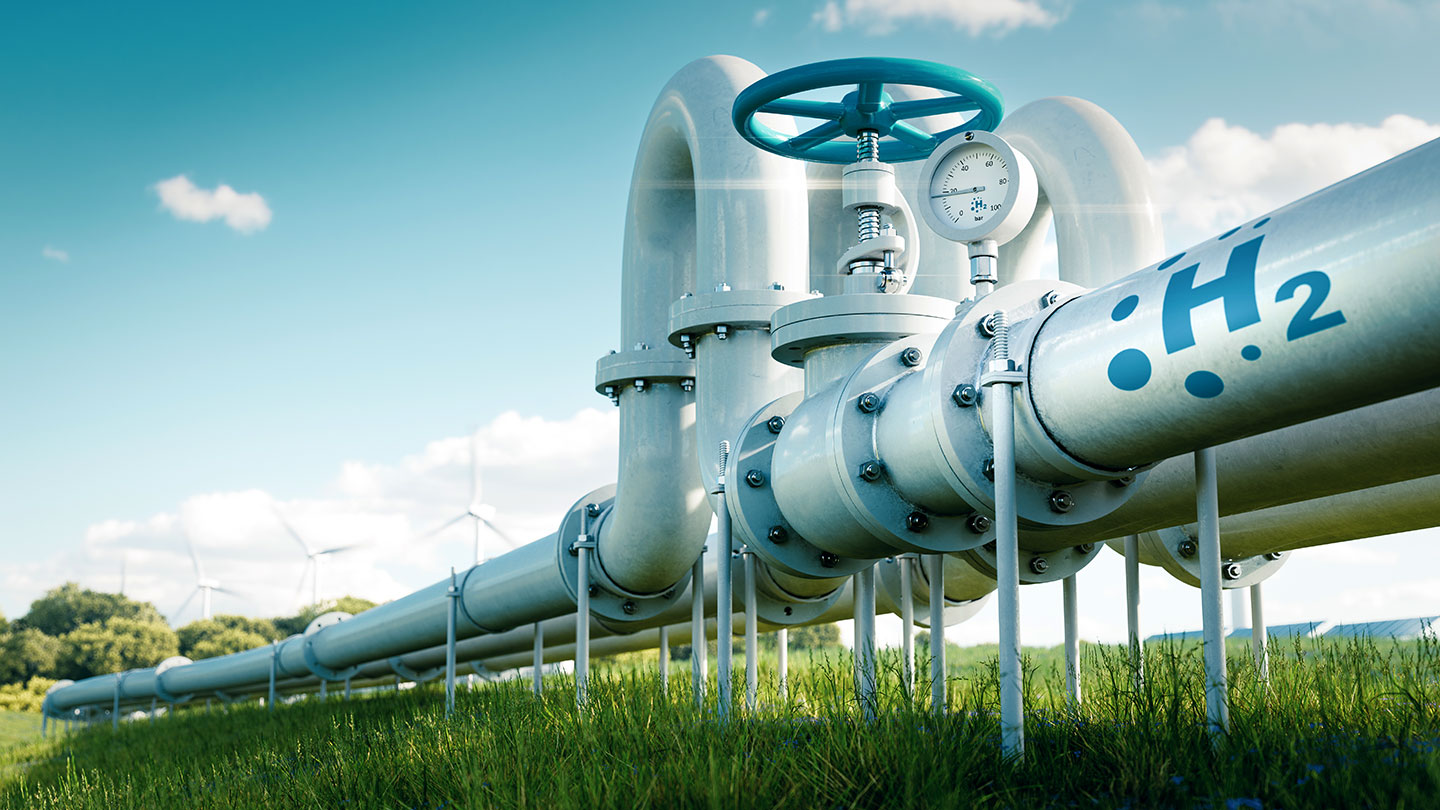
Above- or below-ground pipelines could carry hydrogen from where it’s produced to where it’s needed, either for energy or for other uses. Although a clean fuel, it’s highly combustible. So transportation safety will always remain an important issue.
Petmal/iStock/Getty Images Plus
This is another in our series of stories identifying new technologies and actions that can slow climate change, reduce its impacts or help communities cope with a rapidly changing world.
Hydrogen is the lightest element in the universe. Now many hope it will become a heavyweight in the world’s energy mix.
Able to burn easily, this gas can power furnaces or other processes that need high heat. And unlike wood or fossil fuels, hydrogen produces no climate-warming carbon dioxide when it burns — just water vapor.
Hydrogen also can power fuel cells to make electricity. Those fuel cells do so through chemical reactions between hydrogen and oxygen. Again, the only byproduct is water. There’s no toxic pollution.
Using hydrogen for energy is hardly a new idea. In the 1960s, General Motors unveiled a prototype van that could run off a hydrogen fuel cell. The U.S. Department of Energy has worked on hydrogen power since the 1970s.
Since then, cars that run with hydrogen fuel cells have come to market. Some U.S. cities already have hydrogen fuel-cell buses. By 2018, the United States had more than 20,000 fuel-cell forklifts.
But a widespread move to hydrogen energy is still waiting to happen.
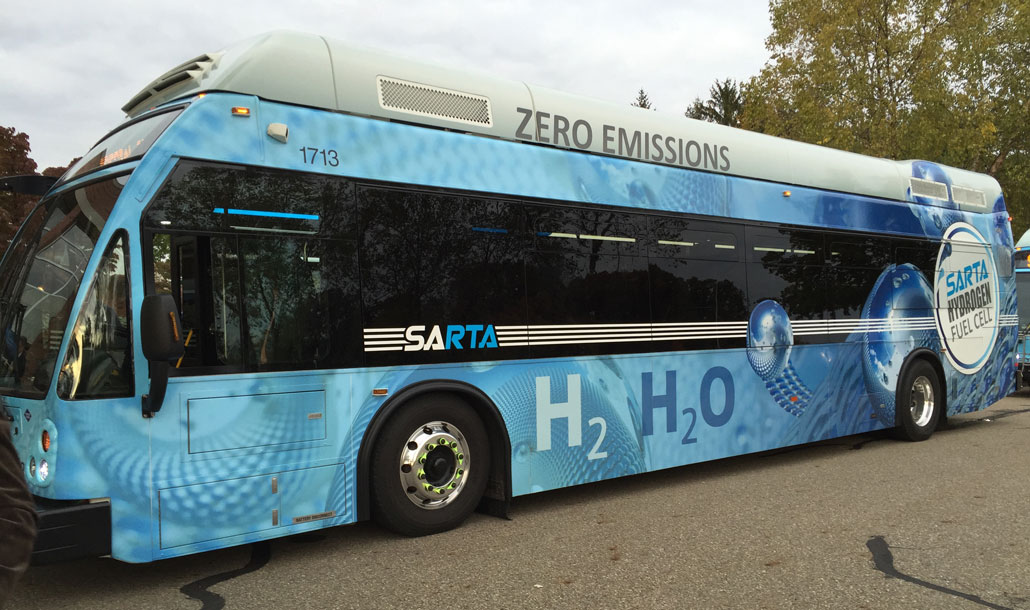
Why wouldn’t everyone want to use this clean energy? Mijndert van der Spek points to what he calls a big “chicken-and-egg” problem. An energy-systems engineer, he works at Heriot Watt University. That’s in Edinburgh, Scotland. You can’t raise chickens without eggs, he notes. But you can’t get eggs without chickens.
In the case of hydrogen, van der Spek says, people won’t buy hydrogen-powered equipment until a steady supply of hydrogen is available. But companies don’t want to pay to make that hydrogen unless they’re sure they’ll have a lot of customers.
So what’s keeping suppliers from just making lots of it?
Cost is one issue. That’s especially true for the least-polluting ways to produce hydrogen. The cleanest, “greenest” way to make hydrogen is “wildly expensive,” says Grant Goodrich. And people are “not ready to pay for that today.” Goodrich heads the Great Lakes Energy Institute. It’s at Case Western Reserve University in Cleveland, Ohio.
But a new push for hydrogen energy is underway. The world needs to cut polluting greenhouse gases soon to avoid the worst effects of climate change. Hydrogen can help, say supporters of the fuel.
Here, we show where hydrogen energy may be a strong tool for decarbonization. But how well hydrogen can cut pollution depends on where it comes from. Costs and other tradeoffs and challenges affect hydrogen’s prospects, too.
How can we use hydrogen?
Hydrogen, or H2, is versatile stuff. The chemical industry uses it to make ammonia. Hydrogen also helps make chemicals for plastics and other products. Refineries use hydrogen to get impurities out of oil. Hydrogen can help purify iron ore. And so on.
H2 has different uses in energy applications. It burns easily and can produce lots of heat. So it could be used with — or instead of — other flammable fuels. When burned alone, H2 does not release greenhouse gases. So H2 can help cut greenhouse gases from activities where using renewable electricity may not be practical.
One reason: it takes very hot temperatures to make some important products. Among these are steel and glass. Getting those high temperatures calls for lots of energy. H2 could replace some or all of the fossil fuels now used to provide that energy.
And some companies are planning to do that.
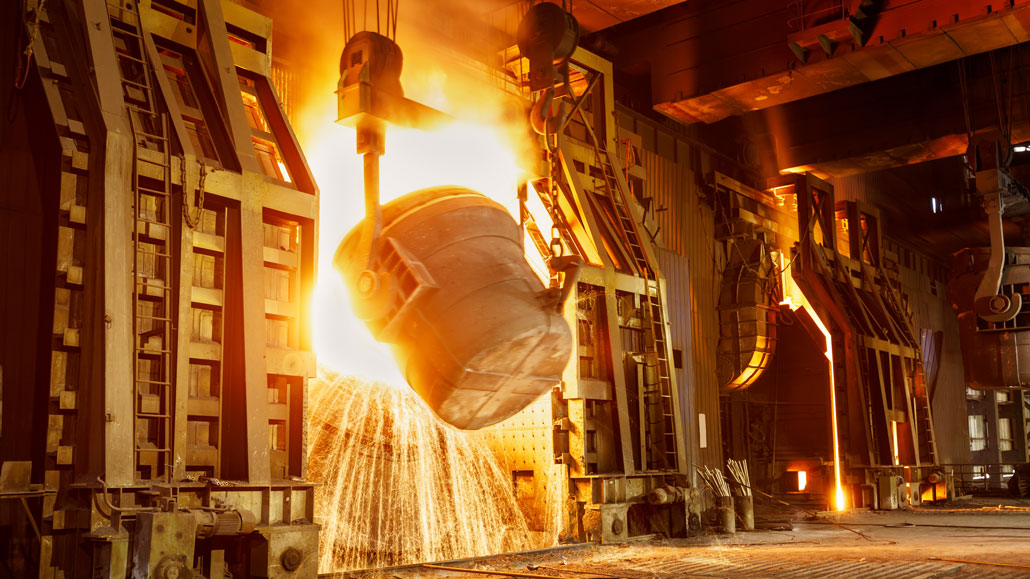
Traci Forrester heads up environmental and sustainability work at Cleveland-Cliffs in Cleveland, Ohio. This company mines iron and makes steel. One of its plants to process iron ore is in Toledo, Ohio. The plant burns methane now, a greenhouse gas. But the plant is hydrogen-ready, Forrester says.
And an Ohio nuclear plant has plans to start producing H2 next year. If all goes well, the iron plant might blend H2 with methane at first. Over time, the H2 could provide more or even all of the fuel.
When used in fuel cells, H2 also can make electricity. That can help the shift away from burning fossil fuels to make electricity.
Big role in fuel cells?
Like batteries, fuel cells have electrodes. H2 molecules reach a fuel cell at its anode. A catalyst there helps split each hydrogen atom into one proton and one electron. A membrane forces the protons and electrons to take separate paths.
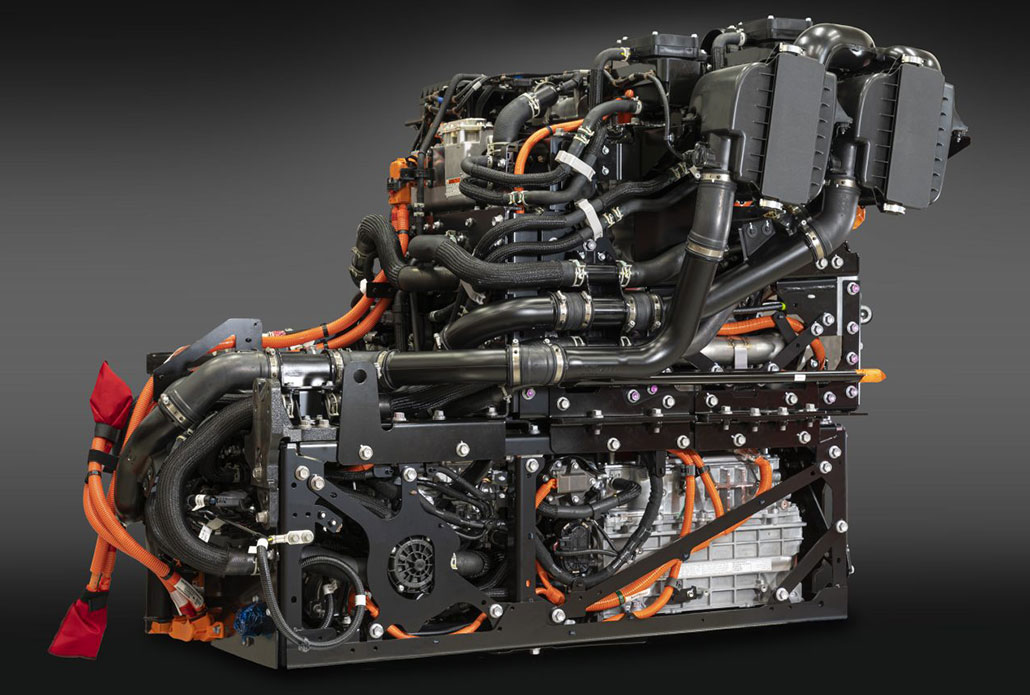
Negatively charged electrons will flow as an electric current to the fuel cell’s cathode. That current then moves away through conductors to power something. The positively charged hydrogen protons meet up with oxygen, usually from the air. These combine to make water.
H2 could even help with transportation. Electric vehicles, or EVs, can replace a lot of gasoline-powered cars. But batteries add weight. That means the battery option wouldn’t work for cargo ships and heavy-duty trucks. They couldn’t carry as much cargo if they ran on batteries. Airplanes face a similar challenge. H2 fuel cells could be used instead of batteries to get these heavy vehicles off of fossil fuels. They can also power devices at remote sites, including in space.
H2 hits the road

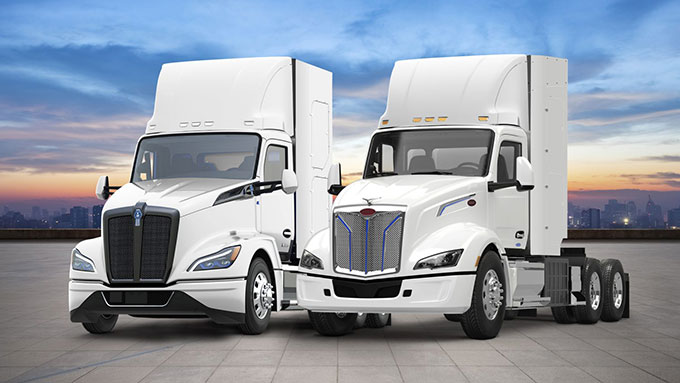
H2 can even store energy for later use. That provides another substitute for batteries in storing excess power — one that may help balance the electric grid.
The output from wind and solar power varies. So “as our energy system transitions off fossil fuels to fully renewable energy, storage will play an increasingly important role,” says Claire Behar. She’s the chief commercial officer for Hy Stor Energy.
The company is planning an H2 production-and-storage plant in Hancock County, Miss. Renewable electricity will produce the H2. Plans call for extra H2 to be stored in underground caverns until needed. H2 can also be piped over long distances. Both factors can help make sure there’s a secure supply of energy, Behar adds.
A rainbow of options
How clean hydrogen will be for the environment depends on how it’s made.
Yes, hydrogen exists naturally across our universe. But the pure hydrogen needed for power uses — H2 — is rarely found in nature. This element is almost always bound to other elements. It’s part of water. It’s also part of the cells of living things, from plants to humans. It’s in sugars and acids and plastics. It’s even the “hydro” in hydrocarbons (the building blocks of oil and natural gas).
To get H2, companies must pull it out of other sources. For now, the least costly ways also cause the most pollution.
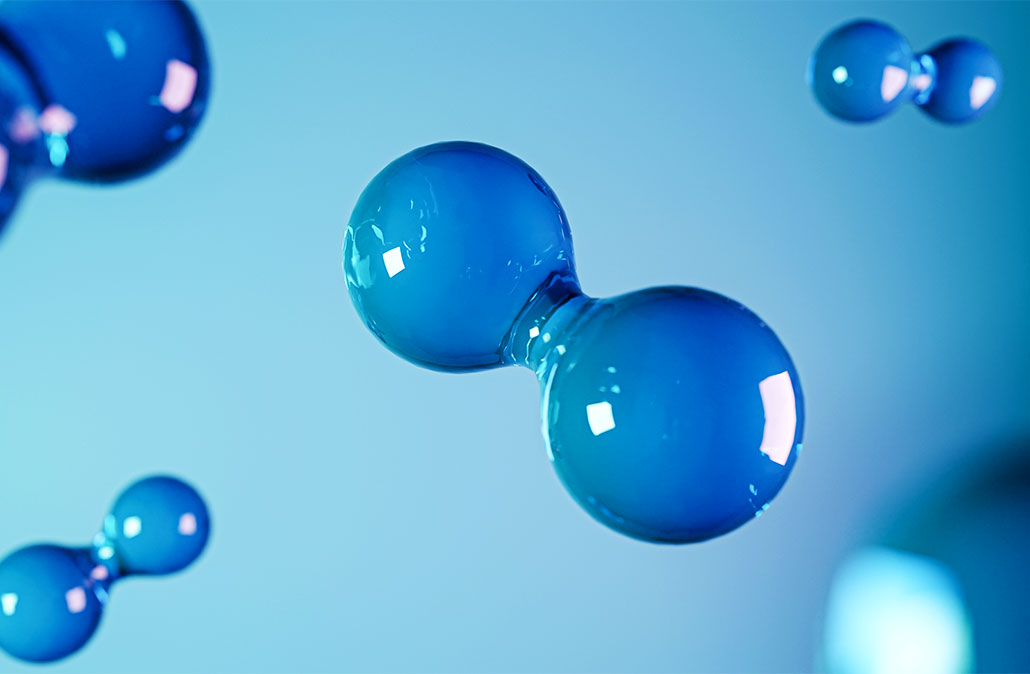
Right now, almost all H2 production comes from fossil fuels. And for each ton of H2 produced that way, society now spews more than 11 tons of carbon dioxide, or CO2, into the air. The data comes from a 2019 report by the International Energy Agency.
To see why a clean energy source can involve lots of pollution calls for a look at the so-called cradle-to-grave costs.
Engineers call this a life-cycle analysis. It tallies up all the costs of making, using and ultimately disposing of something. That also includes any pollution made along the way. Then researchers balance those costs against the potential benefits of the product. And they compare it to alternatives.
These tallies consider where the materials used in a product came from (such as from a recycling center versus a pristine forest). Then there’s how the raw materials were collected (from a mine versus produced in a vat, perhaps). Impacts on people who make, use or dispose of a product add more costs. Did anything along the way pollute the environment? Were workers safe on the job, and did they get fair wages?
Accounting for all of this is hard — and complex. And for H2, the life-cycle costs vary from one production method to another. So, analysts have come up with a literally colorful shorthand way to refer to these methods (see Explainer: The hydrogen rainbow). Some colors sound “cleaner” than others. But those labels don’t always tell the whole story.
Black H2, for instance, is produced from coal. Gray hydrogen comes from natural gas. Yellow H2 is made with solar energy. Green H2 comes from any renewable source, such as wind. Nuclear power fuels the production of pink H2.
“Black” or “gray” H2 can become “blue” if extra steps capture the CO2 from the production process and keep it out of the air. But that blue hydrogen may not be so clean if there are lots of leaks. Nor will it stay so “blue” if the process doesn’t trap nearly all the CO2 that’s made along the way.
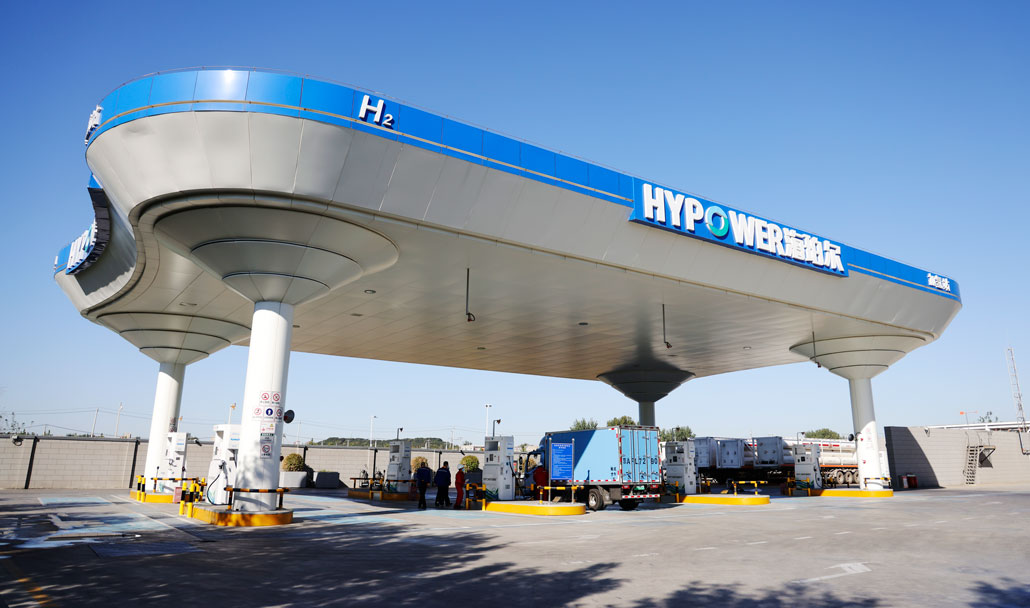
Added challenges
Producing H2 of any “color” needs equipment. And using it will often call for new pipelines or other ways to bring that H2 to homes, businesses and vehicle-fueling centers. Adding all of that will require money and raw materials. Any related construction will also likely spew some greenhouse gases into the air. All those things must be considered when judging the climate impact of a power source, including H2.
Some natural-gas companies talk about blending H2 into their methane (a fossil fuel). Existing pipes could probably handle up to about 5 percent H2, says Janet Anderson. Based in Washington, D.C., she serves as a technology and policy advisor for the Clean Hydrogen Future Coalition. That’s an industry group. Adding more than 5 percent depends on several factors.
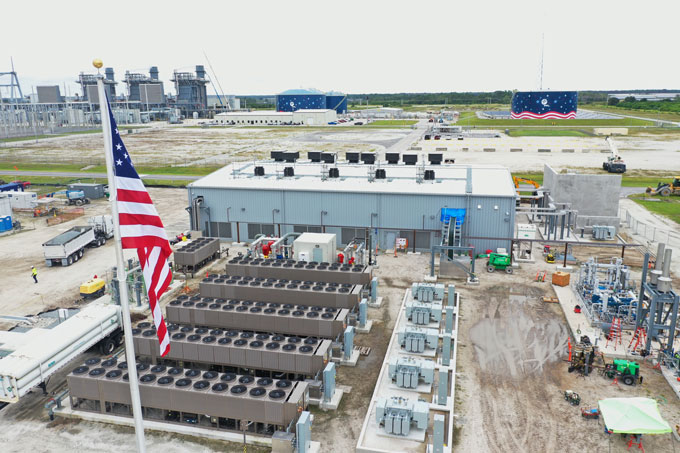
“Many experts think the upper limits for blends in the existing natural-gas system is about 20 percent without significant changes,” such as to pipelines, Anderson says. And there would still be greenhouse-gas emissions (such as methane) here.
H2 burns easily. That’s good — except when it leaks from pipes and other equipment. Then it can cause fires or worse. Indeed, an explosion at one H2-production plant in North Carolina in 2020 damaged dozens of nearby homes.
“Yes, there are concerns about the safe handling of H2 — just like there are for handling gasoline, natural gas and petroleum products,” Anderson says. Work is ongoing to come up with standards that will be as safe as those for other energy sources, she notes.
H2 also can react with chemicals in the air. If enough H2 leaks, those reactions may lead to airborne increases of another greenhouse gas — methane (CH4). So say researchers at Princeton University in New Jersey and the National Oceanic and Atmospheric Administration. They shared their work last December in Nature Communications.
Water needs may prove yet another challenge for bringing lots of H2 to market. Emily Grubert is an engineer and energy-policy analyst. She’s at the University of Notre Dame in South Bend, Ind. In a recent study, she found that water needs for splitting water into hydrogen and oxygen via electrolysis could be huge. Burning H2 does produce water. “But that’s in completely other places,” Grubert points out.
She shared her work in Cleaner Production Letters this past June.
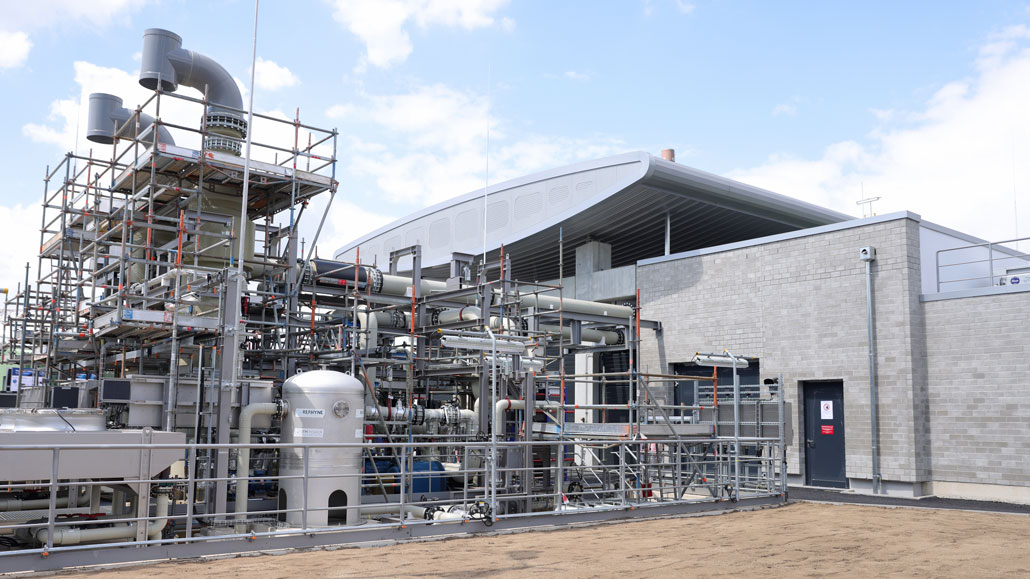
Other studies, she notes, show that making blue hydrogen would need even greater amounts of water. Either way, she worries that H2 energy could be creating a large new demand for water. And that could be a problem where water is scarce. Cities and towns can tell people not to water their lawns. But there could be bigger problems if people depend on H2 to run industrial plants or fuel cells.
Meanwhile, work on H2 power is moving ahead. Some governments have shown big interest in pushing a transition to H2. In July 2023, for instance, Germany doubled its goal for making H2 by electrolysis — to 10 gigawatts (10 billion watts) by 2030. That could power roughly 7.5 million homes.
The U.S. Department of Energy is making $7 billion available for so-called hub projects. Each will produce H2 and distribute it to users within a large region. The agency will spend another $1 billion to build up a market for H2 power.
Time will tell how well H2 energy slows the pace of climate change.
Some are skeptical. “The fastest way to address climate is to move to 100 percent renewable electricity,” says Robert Howarth. He’s an Earth-systems scientist and ecologist at Cornell University in Ithaca, N.Y. Those renewable sources include wind, solar and hydropower. In his view, “H2 can play a role in storage,” but probably not a large one.
Others are more hopeful. “Green hydrogen is a critical piece to the decarbonization puzzle,” says Behar at Hy-Stor.







